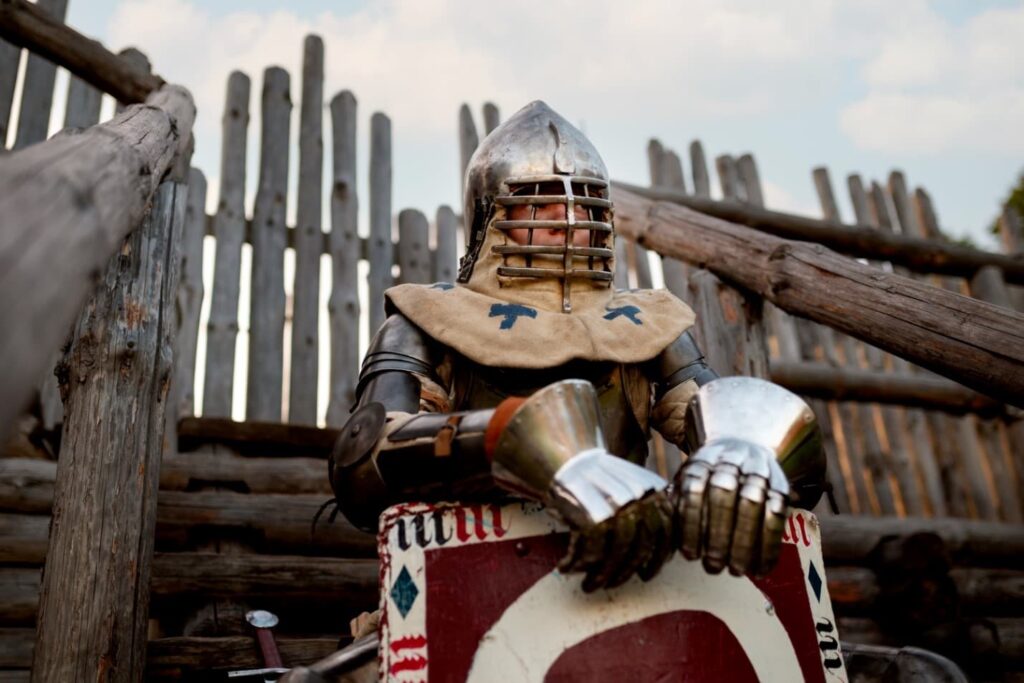Cinema has always been a powerful medium for storytelling, and one of its most intriguing facets is its ability to transport us back in time. Over the years, filmmakers have taken on the challenge of recreating historical events on the big screen, allowing us to witness and better understand pivotal moments from our past. In this article, we will journey through time, exploring the diverse and captivating ways in which historical events have been portrayed in cinema.
The Art of Historical Accuracy
One of the central challenges in depicting historical events on screen is striking a balance between accuracy and dramatic storytelling. Filmmakers often face the dilemma of whether to adhere strictly to historical facts or take creative liberties for entertainment. Striking this balance is crucial, as historical inaccuracies can misinform the audience and distort our understanding of the past.
To achieve historical accuracy, filmmakers engage in extensive research. This involves studying historical documents, consulting experts, and immersing themselves in the period they aim to recreate. The meticulous attention to detail can be seen in films like “Schindler’s List” and “12 Years a Slave,” where historical accuracy is paramount to conveying the events’ gravity.
The Power of Perspective
Filmmakers often choose a specific perspective to tell the story of historical events. Whether from the viewpoint of a critical historical figure, an ordinary citizen, or a marginalized group, the chosen perspective can significantly influence the narrative and emotional impact of the film.
Recent years have witnessed a shift towards telling historical stories from diverse perspectives. Films like “Hidden Figures” and “Selma” have shed light on the contributions and struggles of historically marginalized groups, offering a more inclusive and nuanced view of history.

The Influence of Technology
Technological advancements have revolutionized the way historical events are depicted on screen. CGI (Computer-Generated Imagery) and other special effects allow filmmakers to recreate historical settings, battles, and events with a level of detail and realism that was once unimaginable. For example, in Ridley Scott’s “Gladiator,” CGI was used to recreate the grandeur of the Colosseum in ancient Rome, bringing the historical arena to life with stunning accuracy.
Virtual reality (VR) has taken historical reenactment to a new level. With VR experiences like “1943 Berlin Blitz,” audiences can step into the shoes of people who lived through historical events, gaining a deeper understanding of their experiences. These immersive experiences provide a unique opportunity to engage with history, allowing users to explore reconstructed historical environments and interact with the past in previously impossible ways. VR technology can potentially make history more accessible and engaging for future generations.
Artificial intelligence (AI) and deep learning have also played a significant role in enhancing the accuracy of historical depictions in cinema. AI algorithms can analyze historical photographs, documents, and other sources to assist filmmakers in recreating historically accurate costumes, settings, and even facial expressions. This technology aids in ensuring that every detail, from the clothing worn by characters to the architectural features of a historical city, aligns with the historical record.
Controversy and Ethical Considerations
Filmmakers often grapple with how to depict sensitive historical events, particularly those involving tragedy, violence, or trauma. Striking a balance between realism and sensitivity is crucial to avoid sensationalizing or trivializing the events.
Some films have faced criticism for engaging in historical revisionism, altering the facts to fit a particular agenda or narrative. This raises ethical questions about the responsibility of filmmakers to present an accurate representation of history.
The Enduring Appeal of Historical Epics
Historical epics have been a staple of cinema for decades. Films like “Ben-Hur,” “Gladiator,” and “Braveheart” capture the grandeur and scale of historical events, immersing audiences in a bygone era. Historical films are enduring because they can explore universal themes that resonate with audiences across generations. Pieces of love, courage, sacrifice, and resilience are woven into the fabric of historical narratives, making them relatable and timeless.
Conclusion
Cinematic depictions of historical events have the power to educate, inspire, and provoke thought. They allow us to connect with the past, gain insights into the human experience, and reflect on the lessons of history. However, filmmakers must approach this endeavor with responsibility and sensitivity, recognizing the impact their portrayals can have on our collective understanding of history. As technology advances and perspectives diversify, the world of historical cinema promises to remain a captivating journey through time, offering new ways to engage with our shared past.
In a world where history meets the green screen, the past comes alive, allowing us to witness the triumphs and tragedies of bygone eras through the lens of cinematic artistry.
